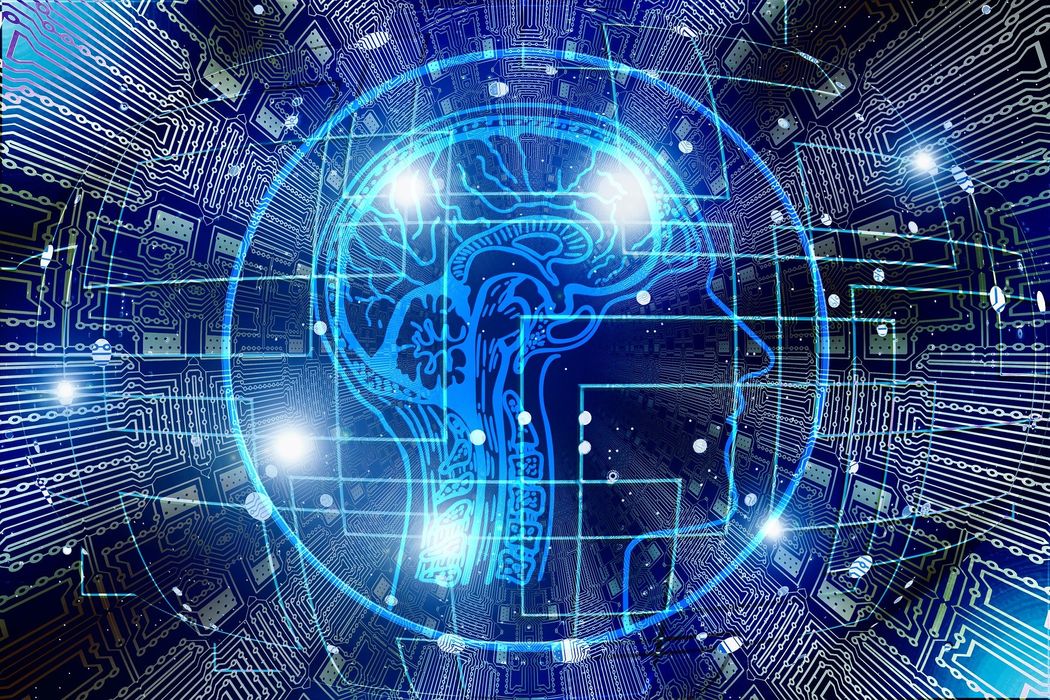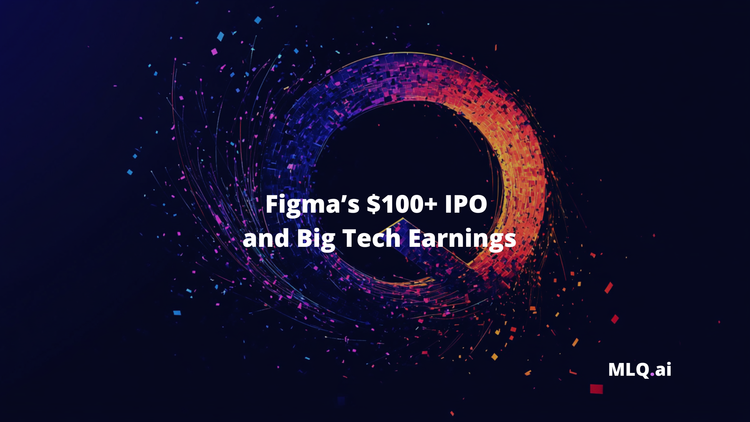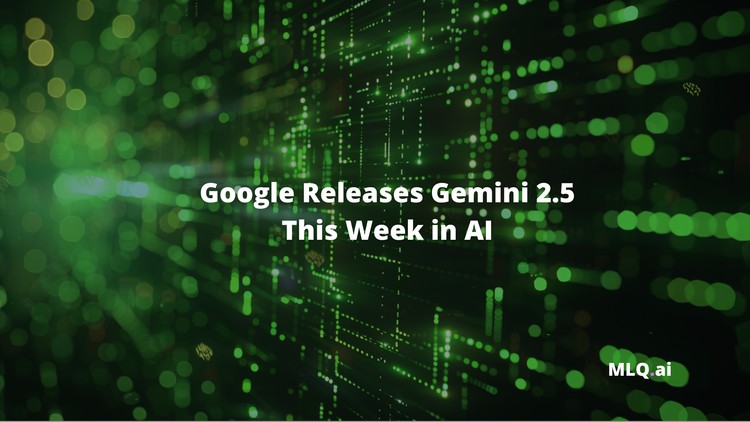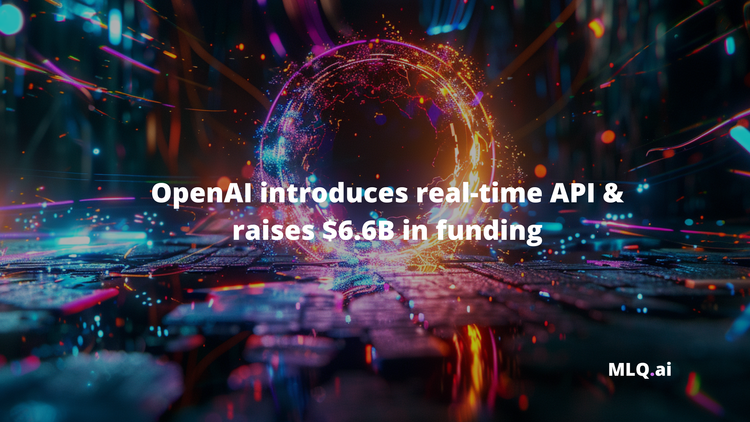Welcome to our This Week in AI roundup. Our goal with this roundup is to provide an overview of the week's most important news, papers, and industry developments.
This week we have stories about reinforcement learning, machine learning for predictive equity ranking, and more.
DeepMind Says Reinforcement Learning is "Enough" for Artificial General Intelligence (AGI)
According to researchers at the DeepMind AI lab in the UK, reward maximization is the key to developing artificial general intelligence (AGI). They suggest that trial-and-error experience is sufficient to generate behavior that demonstrates intelligence-like qualities.
The researchers propose reinforcement learning as the primary technique for replicating reward maximization. The researchers also include various instances in the publication that demonstrate how reinforcement learning agents were able to achieve general capabilities.
The paper is titled "Reward is Enough" and draws inspiration from researching the evolution of natural intelligence as well as current breakthroughs in artificial intelligence.
How to Use AI and Machine Learning to Rank Stocks
In this guide, we discuss how traders and investors can use AI and machine learning to rank stocks, otherwise known as predictive equity ranking.
In order to produce these equity rankings, the MLQ app data provider takes in a diverse set of datasets ranging from pricing, fundamentals, and alternative data. In particular, the company considers over 200 factors and signals to produce equity rankings, including but not limited to:
- Factor models such as value, growth, momentum, and more
- Financial reports such as revenue, EBITDA, net income, and more
- Technical indicators such as RSI, MACD, and more
- Time series of price and volume related data
- Alternative data such as insider and options trading
- Sentiment analysis of text data
With these data inputs, they use a combination of machine learning techniques, statistical analysis, and ranking algorithms to derive a simple equity ranking ranging from 1 to 9.
Stay up to date with AI
Machine Learning Helps Create the Largest Map of the Brain to Date
The largest-ever brain map of every cell and link in a cubic millimeter of the human brain has been published by Google and Harvard scientists.
The researchers created the map by slicing donor tissue into 5,300 30 nanometer-thick pieces and imaging them with a scanning electron microscope with a resolution of 4 nanometers. The 225 million photos that resulted were computationally aligned and stitched together to create a 3D digital depiction of the area. Machine learning algorithms then segmented cells and classified synapses, axons, dendrites, cells, and other structures.
It is the largest brain map at this scale to date, according to Google, and it is freely available online for anyone to look through here.
AI Outperforms Humans in Microchip Design
The placement of memory blocks in microchip designs has been trained using a machine learning system. The algorithm outperforms human experts in this task and brings the promise of developing better, faster semiconductor designs than are currently possible.
As the author of the paper writes:
In under 6 hours, our method can generate placements that are superhuman or comparable.
UK & IBM Partner on $300M Quantum Computing Initiative
The UK government and IBM announced a five-year artificial intelligence (AI) and quantum computing collaboration this week with the aim of producing breakthrough discoveries and building sustainable solutions in industries spanning from life sciences to manufacturing. As the U.K. Science Minister Amanda Solloway says:
Artificial intelligence and quantum computing have the potential to revolutionize everything from the way we travel to the way we shop.
That's it for this edition of This Week in AI, if you were forwarded this newsletter and would like to receive it you can sign up here.






